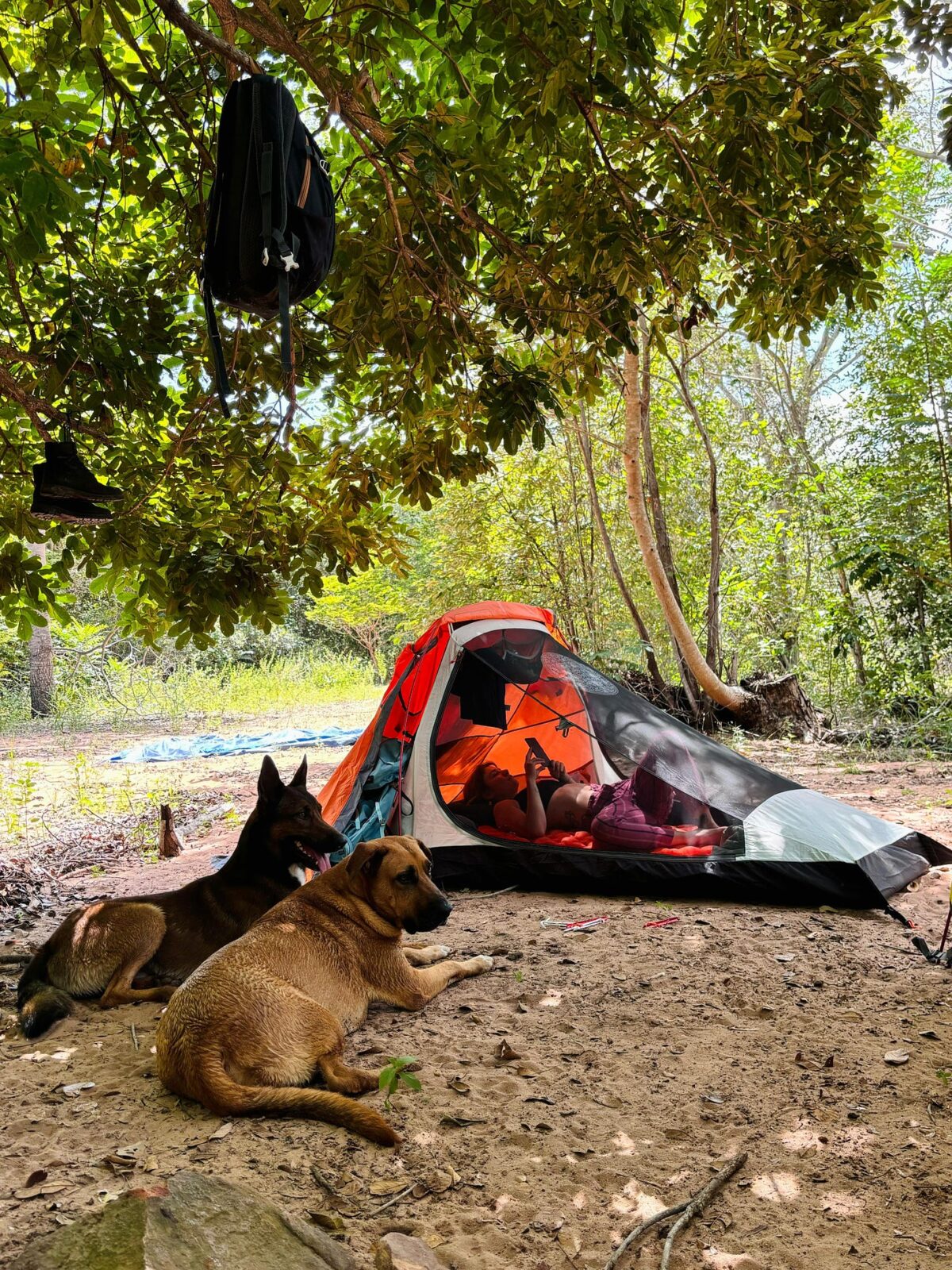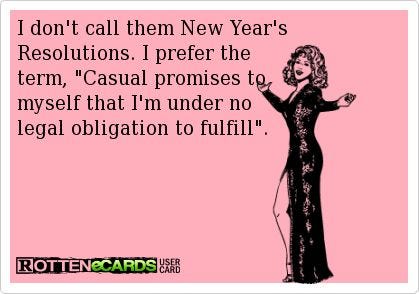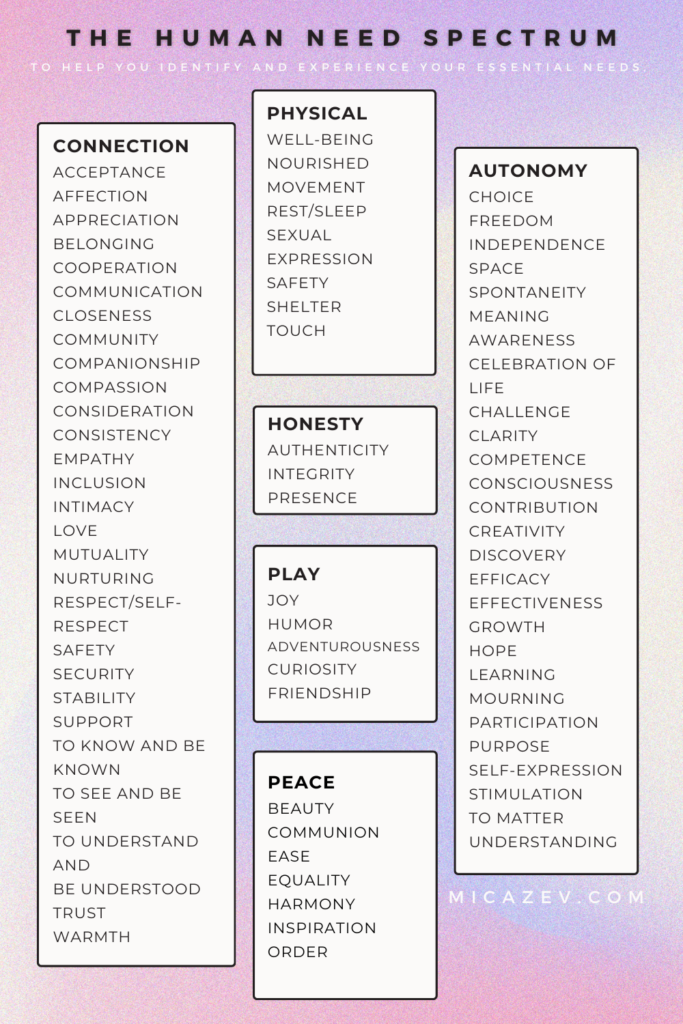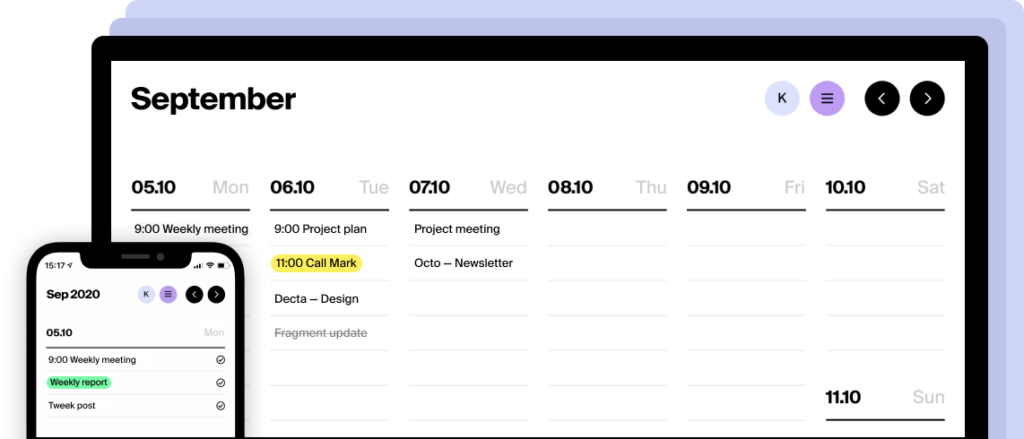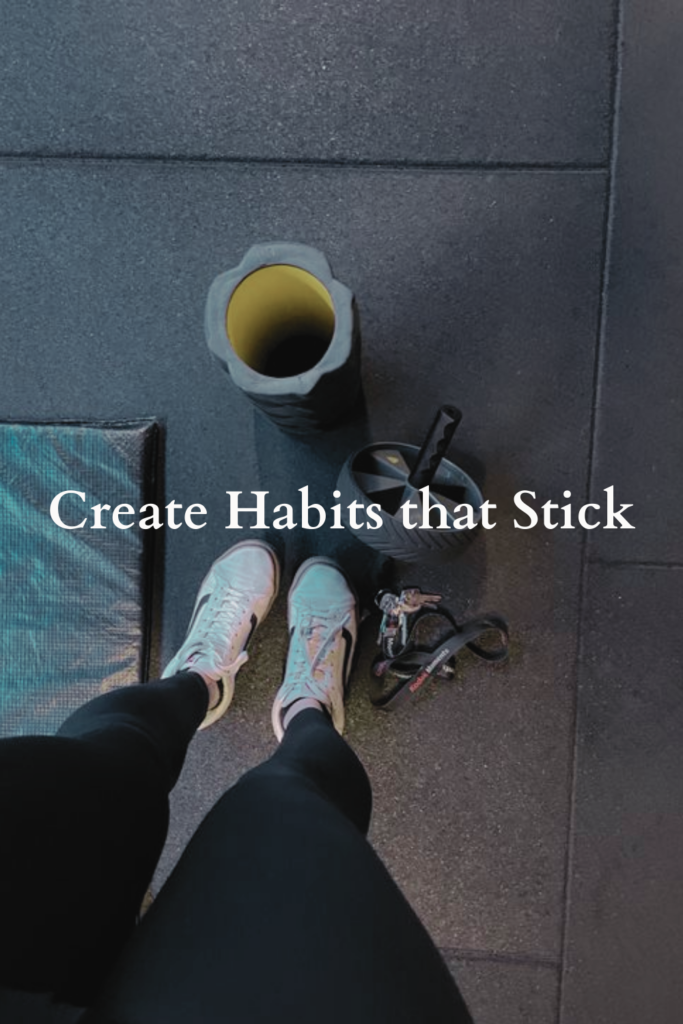a cool sound to enjoy while reading the text
It’s been over a month since I published our last text.
I told there that I was going to work while traveling, travel while working – and in this change of routine, who said I could finish a single post?
Throw the first stone who has never stopped a new year’s resolution.
I didn’t do so bad, the official “Quitter’s day” or as they say in the US, is on the second Friday of the year. Apps like Strava identified that 80% of users stop their goals on this day.
And giving up is not always bad, as Clarice would say in Passion According to G.H:
… despite the taste of power, one prefers to give up. Giving up has to be a choice. Giving up is the most sacred choice of a life. Giving up is the true human moment. And only this is the glory of my condition. Giving up is a revelation.
Queen, Clarice
Sooner or later we all have to throw in the towel, knowing how and when to do this is to demonstrate wisdom, it’s part of the art of living.
The Dip is a book that helped me think about giving up as a strategy, in it Seth Godin brought a speech from the ultramarathon runner Dick Collins that marked me a lot:
“… If you’re making a decision based on how you feel at that moment, you’re probably going to make the wrong decision.”
Giving up is before or after, but not during the desire to give up.
You can download The Dip and many other better books than this, like this:

I don’t know why I’m saying all this, I haven’t thought about stopping the newsletter at any time, so this text has nothing to do with giving up, but with habits.
The problem of having broken the chain of weekly publication is that I don’t see myself as someone who writes-to-publishand I also haven’t formed a system for this work.
You’ve probably heard of the books “The Power of Habit” and “Atomic Habits“. If not, today I’ll save you about 300 pages of mediocre marketing writing with a few paragraphs of my mediocre writing.
The three essential components to form a habit are: Trigger, Routine, and Reward.
For example, my sink is almost always clean, because I’ve tied the act of washing dishes to drinking coffee. Every time I put the water to boil, while I wait, I wash the dishes.
The trigger is to put the water to boil, the routine is to wash the dishes and the reward is to drink the coffee.
If you take out the base, everything collapses like in a game of Jenga – like when I used an automatic coffee maker in an airbnb and left the dishes to pile up for two days in a row.
To establish the habit it is necessary to repeat the new activities many times, strengthen the synapse connections until the brain registers that it is not just unnecessary self-flagellation (as people usually feel in the vipassana retreat while they are there in the process), but that yes there are rewards ahead.
Japanese author Murakami has been running marathons for over a decade and admits, in his book What I Talk About When I Talk About Running, that he still feels a little lazy before training. The humiliation of “doing the hard thing” seems inevitable, whether you’re an expert or not, but he says so:
Certain processes do not admit variations. If you need to be part of the process, just transform – or maybe distort – yourself through constant repetition, making the process part of your own personality.
Large companies think about this to make us incorporate their products and services into our daily lives. They distort our values and personality through incessant advertisements with music, catchphrases, impactful images…
In addition, they have their own version to create a habit called the hook model, which has four phases:
- Trigger: The starting point that triggers a behavior, an external stimulus such as sounds, images, emails, reminders, and notifications that direct specific actions. The goal of the trigger is to instigate an action.
- Action: Something simple like clicking on a link as soon as the notification appears or opening a package, without friction, a task that, preferably, generates a little instant pleasure.
- Variable Reward: The reward that follows comes promptly, quickly, and is variable: it can be a like, a comment, it can be a blue or pink M&M. This unpredictability makes the hook cycle more addictive.
- Investment: Let’s suppose that the user has registered on the site, he has dedicated time and effort to enter his information there. This process establishes bonds more solid with the company and increases the probability of repeating the engagement cycle, that is, going back there to see the profile, buy on the site, etc. Other examples of investment are:
- know the store owner,
- close an annual plan,
- know recipes with the product,
- have friends who go to the same place,
- create favorite lists,
- follow famous people on a network,
- learn new platform features…
Going back to the newsletter issue, I even thought about setting a reward to eat something tasty after publishing or as a variable reward to watch the latest videos suggested to me on youtube, but you have to be very careful when setting up routines on top of drugs like coffee, sugar, cigarette, shopping, scrolling the timeline… it’s hard to get rid of them later.
For now, I’ll let the reward be social, some people come to talk about my texts after I publish and it’s a pleasure to spread things that interest me, discover people with the same tastes…
But to maintain a minimum of self-respect, keep my word of constancy and also not die of anxiety thinking if I’m going to be embarrassed in front of at least 100 people who have read the words that I put together here in the hope of communicating, I’ve come to the conclusion that I have to vary the topics.
(this text was originally published in an old newsletter on substack – and migrated here to micazev.com)
I get stuck when I think about publishing only about yoga, I always want a complex text with many references. So it’s a bit difficult to even consolidate the habit of editing-publishing.
So I need to test other strategies, publish various topics, make the thing take shape to develop still I don’t know what.
I changed the name of the newsletter to “Start on Monday” and will keep the “Mystical Healing Ritual” to talk about yoga in various contexts, but there will be more sections: initially the “Logbook” to talk about the trip I’m doing and the “Morning Vitamin” to talk about productivity, food, exercises and the like – for example, this edition here was to talk about strategies to set up a new habit, but I already gave signs that I liked this topic back in the ritual 2, when I was an anti-coach of planning, maybe.
I know that some of you will jump ship now, but I’m sure others will stay: I myself follow quirky people in obscure corners of the internet, I love it.
For those who stay, see this space as that Hebe’s conversation that keeps bringing up old topics in random order, and also as a little shop on any corner: it’s always there and has variety.
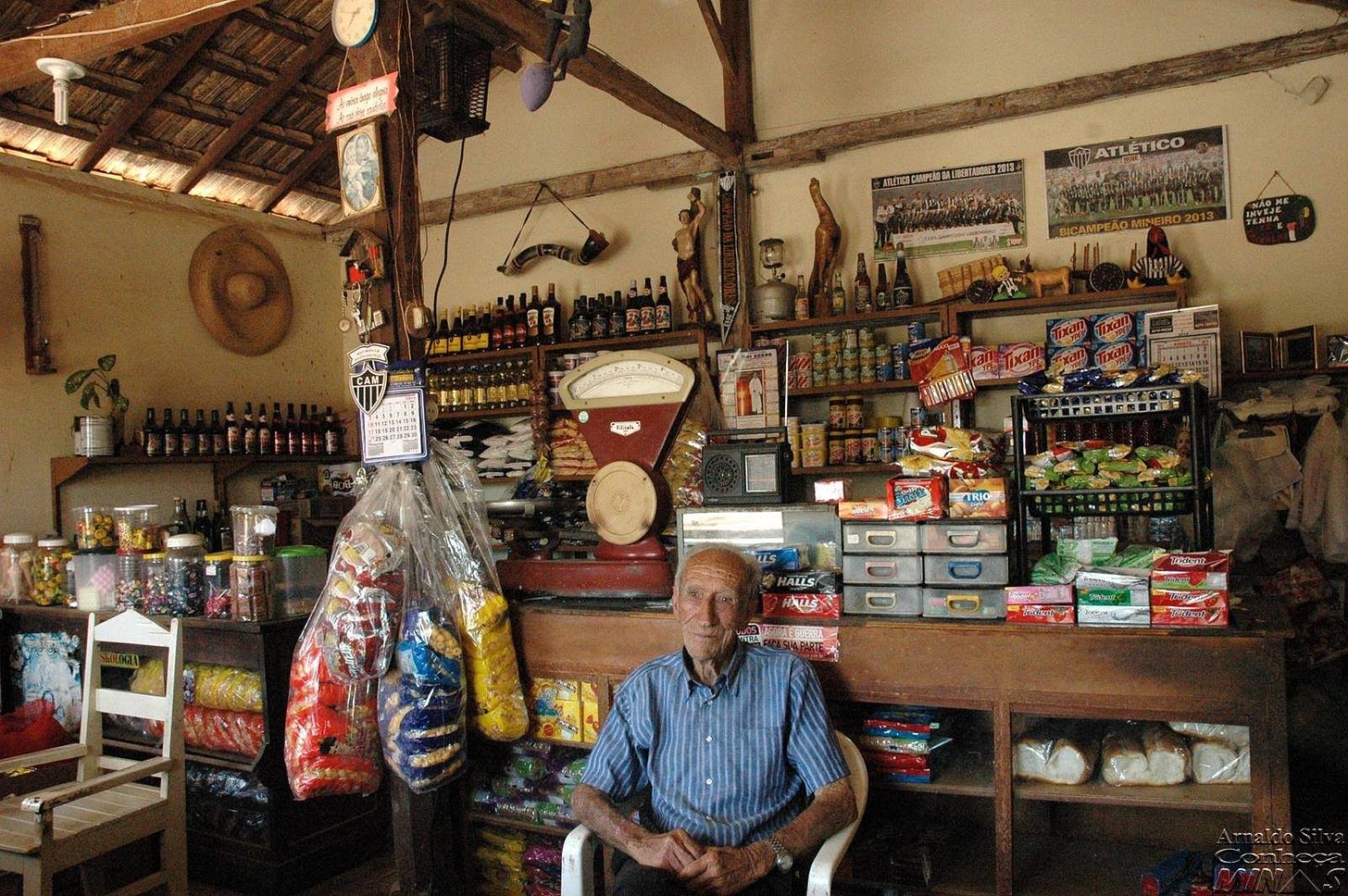
This isn’t an Oxxo (Ocho) with giant banners of bright colors trying to attract you to buy something. Come only when you need to see some trinkets, have a little gossip, ask for local information… I’m happy.
Cool Stuff
- Ted’s Pinterest from “Art of photography” has boards separated by photographers, it’s a delight to lose some time there.
- For those who enjoy the world of yoga and are liking my texts on the subject, Yogic Studies has a very cool free module: Visual and Material Evidence of Medieval Yoga and Yogis
- Finally and most importantly: this wonderful tent from azteq that I have been using on the trip – it’s very easy to set up, very light and it’s like you’re in nature but with a little net against mosquitoes, like me reading my kindle at any point of the chapada da diamantina last weekend 🥲:

